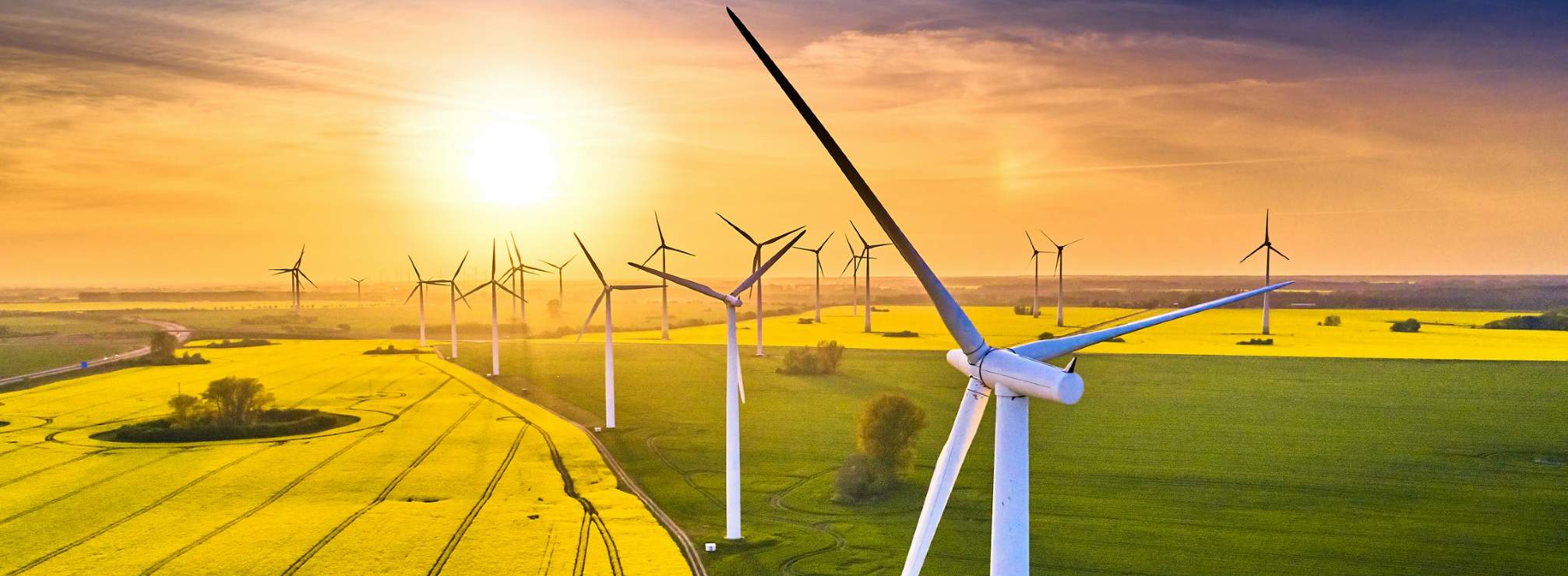Binning the bad
Of all the renewable projects listed on the ESO’s Transmission Energy Capacity (TEC) register, barely 1% are in the construction phase; 87% are being scoped. At both transmission and distribution levels, there are plans to introduce milestones to project development to ensure ongoing progress. At the transmission level, there’s a TEC Amnesty, which allows developers to remove their projects from the queue, potentially at no cost. As of August 2023, 52 projects had expressed an interest in leaving the queue. The amnesty remains open until 30 September 2024, after which the usual cancellation charges will apply.
There’s also a desire to block poor applications from ever entering the queue. Projects may not have obtained land rights or planning consent, but securing a grid connection date is often the priority for even the most speculative project, given the dire condition of the queuing process. One change will see a landowner Letter of Authority requirement introduced to the Connection and Use of System Code, the contractual framework for connecting to and using the National Electricity Transmission System. This is a letter from the land manager giving a third party the legal right to act on their behalf in securing a connection offer on their land.
Accelerating the good
Accelerating projects has two schools of thought. The first is improving the assumptions initially used to estimate connection dates. For example, the ESO hopes to accelerate 46GW of transmission connection dates by changing Construction Planning Assumptions to include updated modelling of the network impacts of Battery Energy Storage Systems (BESS). This includes a new assumption that BESS projects won’t export at times of peak generation or import at times of peak demand. Though it seems obvious, the system is still adapting to the new dynamics introduced by the booming storage sector.
This change in assumptions around battery storage alludes to the second school of thought; improving the use of new technologies and approaches to accelerate connections. An example is the 30GW of distribution-connected projects which have had their connections accelerated by connecting them non-firm on a temporary basis, something not previously possible. A site with non-firm network access isn’t always able to access their full power requirement, but by introducing this flexibility, progress can be made.
Problem solved?
No. Grid infrastructure is in dire need of upgrade and is why the queue exists in the first place. However, improving the quality of projects within the queue will remove hold-ups and and allow the UK to deliver sustainability, affordability and security in its energy supply more rapidly and more predictably. After all, the UK doesn’t mind a queue, so long as it’s moving.
Further information
Contact Joe Lloyd or Phil Pearson
Real Estate Insights Podcast: Savills Earth Series 2: Demystifying the headlines behind the grid

.jpg)







.jpg)
.jpg)